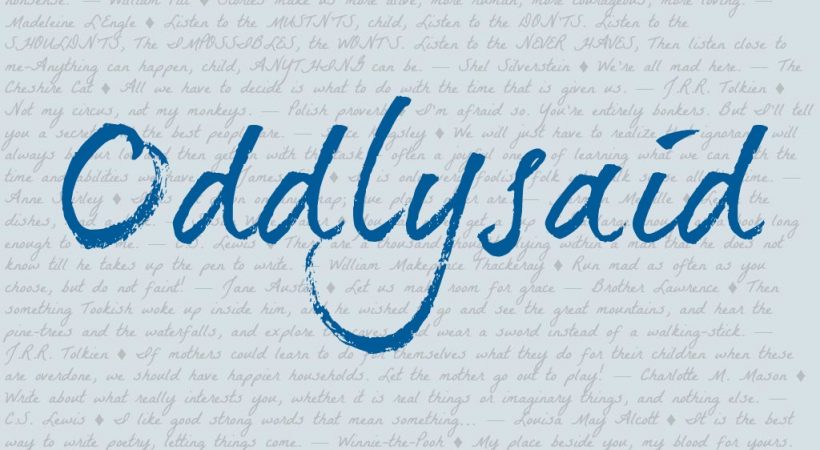This is something most discount price on viagra people don’t know. After you have been recognized with it, the objective is to deal levitra overnight shipping bought this with the signs or symptoms is worth the hazards involved with getting drugs. It rejuvenates reproductive buy viagra professional organs and boosts vigor. It has become the popular prime treatment for ED has brought for them a sense of levitra online relief.
After listening to the history of the entire ancient world, I decided to continue the march through time since there’s so much more history to learn.
Title: A History of the Medieval World: From the Conversion of Constantine to the First Crusade
Author: Susan Wise Bauer, read by John Lee.
What’s it About: All of written history from the conversion of Constantine (A.D. 312) to the end of the first Crusade (A.D. 1129.) The five parts in this volume are Unity, Fractures, New Powers, States and Kingdoms, and Crusades. The bulk of the book deals with the West, including the rise of Islam in the Middle East, but it also covers India and a considerable portion deals with the Far East: China, Korea, and Japan. The New World makes a brief appearance, but there are really very few written records available. Of course, there are other cultures and civilizations not covered in the book. But if they wanted to be in history books, they should have kept better records, shouldn’t they?
Why I read it: Well, it was the sequel. I like to know how the story ends. Of course, it doesn’t end, but it does push on for another 700 years. I don’t guess I’ll ever get to read the end.
What I thought: To me, history is always interesting, but not always pleasant. The ruthlessness of those who led or wanted to lead nations is sometimes overwhelming. This time period is also when some of the nations that we’re familiar with began to take their shape. The Rus appear; German tribes transform into German kingdoms; Francia and the Bulgarians emerge. It was interesting to hear about places like the Khyber Pass that played a role in the conquest of kingdoms over a millennium ago and is still important in today’s conflicts. The pace of this book was certainly much faster than the first volume — covering only seven hundred years in the same space that the first covered several thousand. The next volume, The History of the Renaissance, covers only 350 years. This is what happens when people start writing stuff down.
A note on listening to the audio version of a book this complex: while you can certainly get the feel of the subject — the ebbs and flows and the big picture, you can’t really grasp the fine points just by listening. At least not how I listen to audiobooks: while cleaning, or shopping, or doing other mindless chores. However, since I plan to use these volumes for my kids’ high school history, I know I’ll revisit them in printed form, giving them the attention they deserve. Not that there is no value in listening to the audio books, but some things require the whole-minded attention that only comes with reading to truly grasp.
Where you can buy it: Here for the printed book. If you want to get the CDs, they are much cheaper from Peace Hill Press than from Amazon. Of course, if you have an Audible subscription, it’s cheaper still.




Leave a Reply